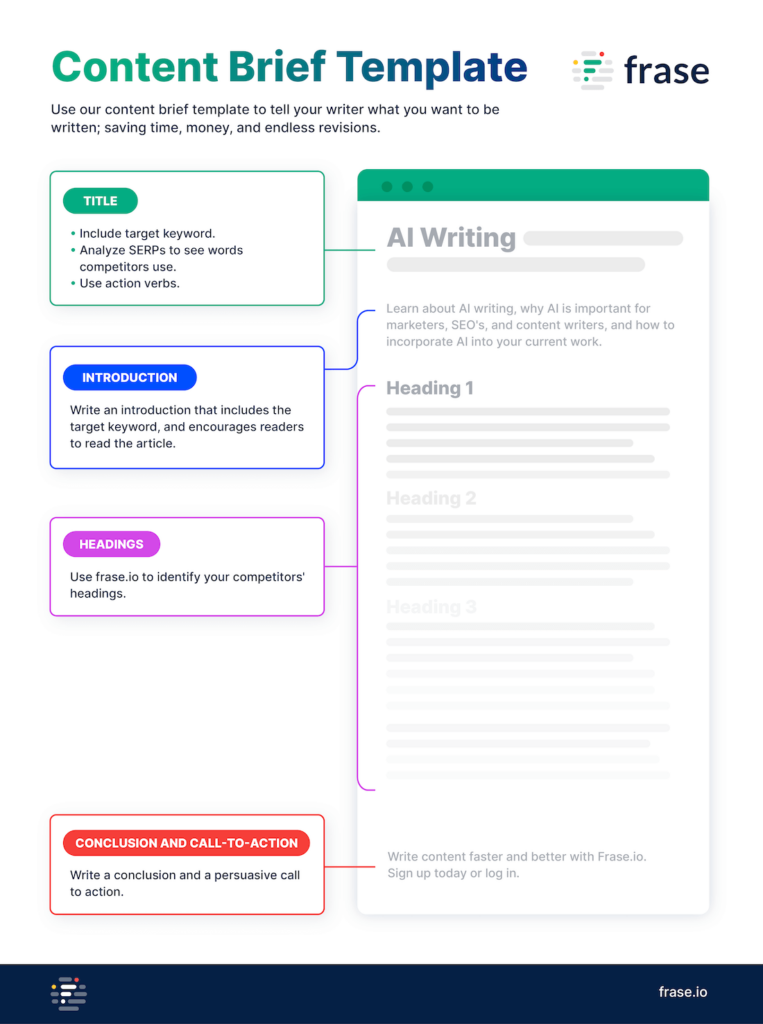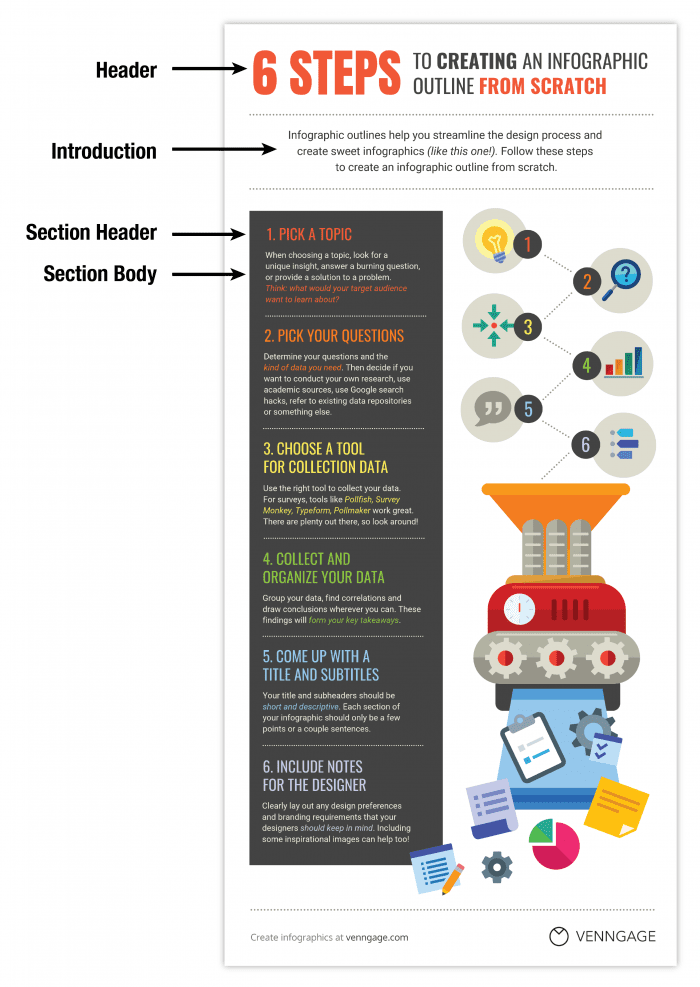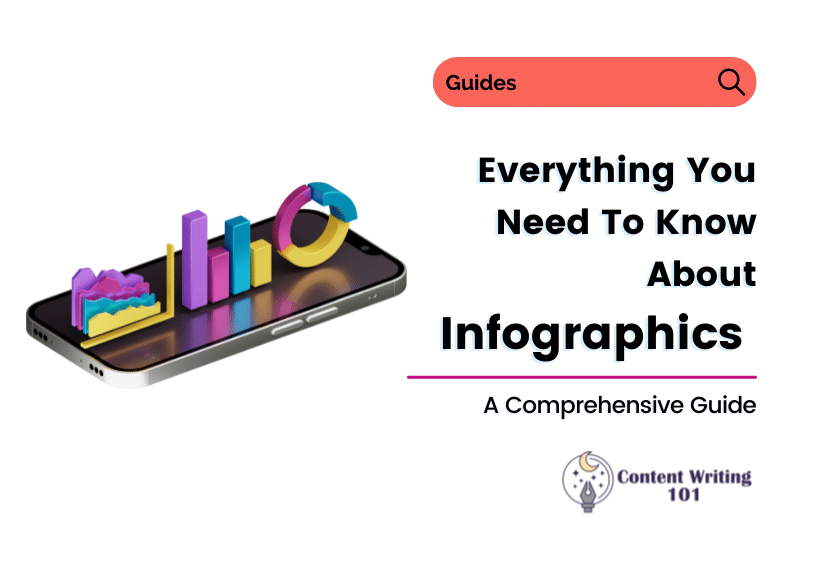Unlock the secrets of crafting a killer content brief that will revolutionize your writing process and drive results.

Image courtesy of via DALL-E 3
Table of Contents
Welcome to the world of writing! Today, we’re going to talk about something called a content brief. Understanding what a content brief is and why it’s important can help you create clear and focused pieces of writing that really stand out.
So, what exactly is a content brief? Well, think of it as a roadmap or a guide that helps you know exactly where you’re going with your writing. It lays out all the important details you need to know before you start working on your project. Having a content brief is like having a recipe before you bake a cake – it helps ensure your writing turns out just right!
What is a Content Brief?
A content brief is like a roadmap for writing. It tells you where to go and what to do when creating a piece of content. Just like a recipe guides you in cooking your favorite dish, a content brief helps writers stay on track and produce clear, focused work.
Simple Definition
Think of a content brief as a set of instructions that tell you what to write, who you’re writing for, and how you should write it. It’s like having a plan before starting a project, so you know exactly what to do each step of the way.
The Purpose of a Content Brief
The main reason for having a content brief is to make sure your writing meets its goals. By having a clear plan in place before you start writing, you can save time and effort, and make sure that your content is effective and engaging for your audience. It’s like having a treasure map that leads you to the right path!
Elements of a Content Brief
In order to create a clear and focused piece of writing, it’s essential to include specific components in a content brief. These elements serve as a guide to help you stay on track and deliver a cohesive message to your audience.
Title and Summary
One of the key components of a content brief is having a catchy title and a brief summary. The title should be attention-grabbing and reflect the main idea of your content. The summary gives a quick overview of what readers can expect, setting the tone for the rest of the piece.
Target Audience
Knowing your target audience is crucial when creating a content brief. Understanding who will be reading your content helps you tailor your message to resonate with them. By identifying your audience, you can better address their needs and interests, making your content more engaging.
Goals and Objectives
Setting clear goals and objectives is another vital element of a content brief. Define what you aim to achieve with your content – whether it’s to inform, educate, persuade, or entertain. Having a clear purpose in mind will guide your writing and ensure your content serves its intended function.
Tone and Style
Determining the tone and style of your content is important to maintain consistency throughout. Whether you want your writing to be formal, casual, or humorous, establishing a clear tone helps create a cohesive voice that resonates with your audience. The style sets the overall feel of your content, whether it’s conversational, professional, or creative.
Key Points and Keywords
Outlining the key points you want to convey in your content brief is essential to keep your message focused and structured. Additionally, incorporating specific keywords relevant to your topic can help improve your content’s visibility in search engines. By including these elements, you ensure that your content is not only informative but also optimized for online discoverability.
How to Create a Content Brief
Creating a content brief is an important step in the writing process. It helps you stay focused and organized while ensuring that your content meets the needs of your target audience. Follow these steps to create an effective content brief:

Image courtesy of via Google Images
Step 1: Research
Before you start writing, take some time to research your topic. This will help you gather the information you need to create a well-informed and engaging piece of content.
Step 2: Outline Main Points
Once you have done your research, outline the main points that you want to cover in your content. This will help you stay on track and ensure that your content is clear and focused.
Step 3: Define Your Audience
Think about who will be reading your content. Understanding your audience’s needs and preferences will help you tailor your content to meet their expectations.
Step 4: Choose Tone and Style
Decide on the tone and style that you want to use in your content. Whether it’s formal, casual, or friendly, defining the tone and style will help guide your writing and make your content more engaging.
Step 5: Use Keywords
Choose relevant keywords that will help improve your content’s search engine visibility. By incorporating the right keywords, you can attract more readers and increase the reach of your content.
Practical Tips for Writing Content Briefs
Creating a content brief may seem daunting at first, but with the right approach, it can become a valuable tool in guiding your writing process. Here are some practical tips to help you craft effective content briefs:
Keep it Simple
When writing a content brief, it’s important to keep things simple and straightforward. Use clear language and avoid unnecessary jargon or complexity. This will not only make it easier for you to follow the brief but also for others who may be involved in the project.
Stay Organized
Organizing your thoughts and ideas is crucial when creating a content brief. Start by outlining the key points you want to cover and then arrange them in a logical order. This will help you stay focused and ensure that your content stays on track.
Common Mistakes to Avoid
One of the common mistakes people make when writing content briefs is being too vague. This means not providing enough specific details or information for the writer to follow. Being vague can lead to confusion and misunderstandings, resulting in the final content not meeting the intended goals. To avoid this mistake, make sure your content brief includes clear and precise instructions on what is expected.

Image courtesy of via Google Images
Ignoring the Audience
Another crucial mistake to avoid is ignoring the audience. Knowing who will be reading your content is essential in creating a successful piece. If you fail to consider your target audience’s preferences, interests, and background, your content may miss the mark and not resonate with the intended readers. Always keep your audience in mind when crafting your content brief to ensure that it is tailored to meet their needs.
By steering clear of these common mistakes and following the best practices outlined in this article, you can create effective content briefs that set the stage for successful writing projects.
Examples of Great Content Briefs
Imagine you’re planning to write a blog post about your favorite hobby, let’s say painting. Before you start writing, it’s important to create a content brief to guide you in the right direction. Here’s an example of what a content brief for your painting blog post could look like:
- Title: The Art of Painting: A Beginner’s Guide
- Summary: This blog post aims to introduce beginners to the world of painting, covering basic techniques, essential tools, and tips for getting started.
- Target Audience: Novice painters looking to explore their creativity and improve their skills.
- Goals and Objectives: To educate and inspire beginners in the art of painting, providing practical advice and encouragement.
- Tone and Style: Friendly and approachable, using simple language and engaging visuals to keep readers interested.
- Key Points and Keywords: Main points include choosing the right materials, understanding color theory, and practicing different techniques. Keywords: painting, art supplies, beginner painting tips.
Sample 2: Social Media Post Brief
Let’s say you’re in charge of creating a social media post for a new product launch. Crafting a content brief can help ensure that your message is clear and effective. Here’s an example of a content brief for a social media post:
- Title: Introducing our New Product: The Ultimate Tech Gadget!
- Summary: This post introduces our latest tech gadget, highlighting its innovative features and benefits for tech enthusiasts.
- Target Audience: Tech-savvy consumers interested in cutting-edge technology and innovation.
- Goals and Objectives: To create excitement and generate buzz around the new product, driving traffic to the website for pre-orders.
- Tone and Style: Exciting and informative, focusing on the product’s unique selling points and how it can enhance the user experience.
- Key Points and Keywords: Main points include the product’s key features, benefits, and how it solves a specific consumer need. Keywords: tech gadget, innovation, pre-order, cutting-edge technology.
By following these content brief examples, you can see how having a clear and structured plan can help in creating engaging and impactful content for different platforms.
Tools to Help Create Content Briefs
Templates are pre-designed formats that you can use as a foundation for your content brief. These templates already include sections for titles, summaries, target audience, goals, tone, style, key points, and keywords. By utilizing a template, you can save time and ensure that you cover all the necessary components of a content brief. Templates come in various styles and designs, allowing you to choose one that best suits your needs.

Image courtesy of via Google Images
Content Brief Software
Content brief software is specifically designed to assist in the process of creating content briefs. These tools often come with features like customizable templates, keyword analysis, and integration with other writing tools. Content brief software can help streamline the creation process, making it easier to organize your thoughts and ideas. Some popular options include Trello, Evernote, and CoSchedule.
Conclusion
In this article, we’ve explored the ins and outs of creating a content brief. We started by understanding what a content brief is and why it’s essential. A content brief serves as a roadmap for your writing, ensuring that your piece is clear, focused, and resonates with your target audience.
Key Points Recap
We discussed the key elements that should be included in a content brief, such as the title and summary, target audience, goals and objectives, tone and style, and key points and keywords. Each of these components plays a crucial role in shaping your content and ensuring its success.
Furthermore, we outlined a step-by-step guide on how to create a content brief, emphasizing the importance of research, outlining main points, defining your audience, choosing tone and style, and using keywords effectively. Following these steps will set you on the right path towards writing compelling content.
Practical Tips and Common Mistakes
We shared practical tips for writing content briefs, highlighting the importance of simplicity and organization in the process. Additionally, we pointed out common mistakes to avoid, such as being too vague and ignoring your audience’s needs. By keeping these tips and pitfalls in mind, you can refine your content briefs for optimal results.
Examples and Tools
Lastly, we provided examples of great content briefs to inspire and guide you in creating your own. Additionally, we introduced tools and resources, like templates and content brief software, that can streamline the content brief creation process.
By incorporating the insights and strategies shared in this article, you can elevate your content creation process and deliver impactful pieces that engage your audience effectively. Remember, a well-crafted content brief sets the foundation for successful writing!
FAQs
Why is a content brief necessary?
A content brief is necessary because it helps writers stay focused and organized. By outlining the key elements of a writing project in advance, such as the target audience, goals, tone, and keywords, a content brief ensures that the writer stays on track and delivers a clear and coherent piece of content.
How long should a content brief be?
The ideal length for a content brief can vary depending on the scope of the project. Generally, a content brief should be concise and to the point, providing all the necessary information in a clear and structured manner. It should be long enough to cover all the essential elements but not so lengthy that it becomes overwhelming.
Can I use the same brief for different types of content?
While it is possible to reuse a content brief for similar types of content, it is important to make sure that the brief is adapted to fit the specific needs and goals of each new project. Different audiences, topics, and formats may require modifications to the original brief to ensure that the content is tailored appropriately.







